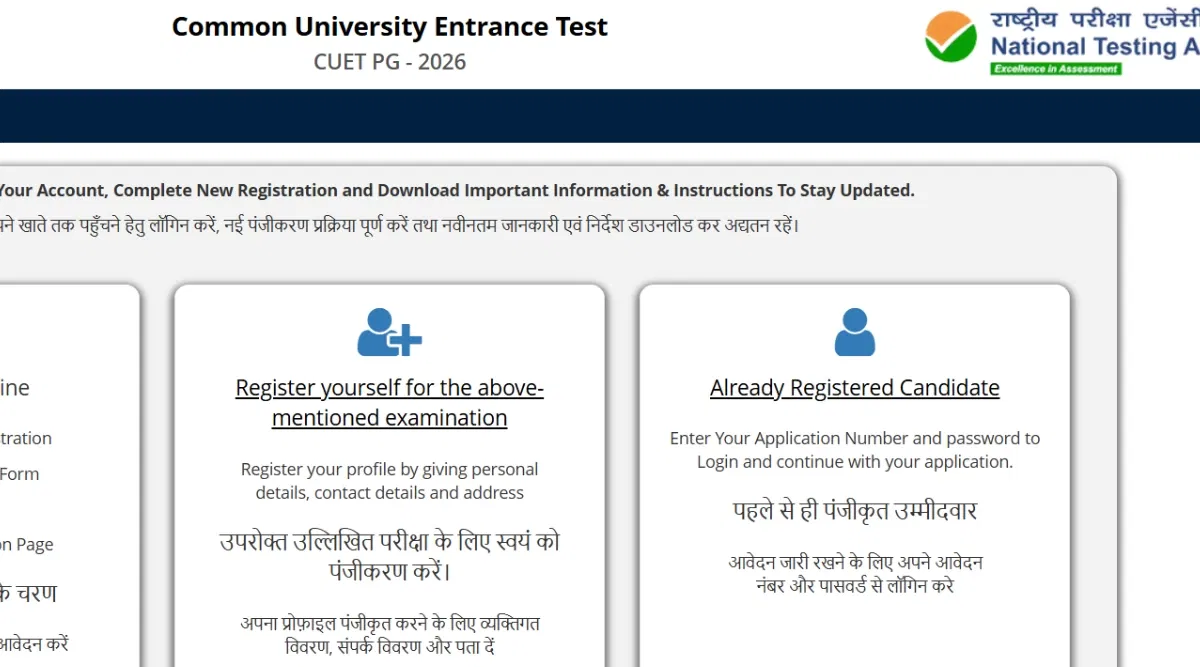CBSE Science class 10 marks distribution helps the students and the teachers in analyzing the examination structure in detail. Knowing marks distribution will help the students prepare effectively for the examination.
The Central Board of Secondary Education (CBSE) plays a crucial role in shaping the academic future of students across India. One of the key milestones in a student’s academic journey is the Class 10 board examination, where the Science subject often poses a challenge. Understanding the Science Class 10 mark distribution is essential for strategic preparation and time management.
This article provides a detailed guide on CBSE Science Class 10 marks distribution, helping students and educators navigate the exam structure. By the end of this guide, you will have a comprehensive understanding of how marks are distributed across different sections, the weightage of theory and practicals, and the importance of internal assessments.
1. Introduction: Importance of Knowing Marks Distribution
For students preparing for the Class 10 board exams, understanding the CBSE Class 10 marks distribution for Science is a crucial aspect of exam preparation. By knowing how marks are allocated to various topics, chapters, and sections, students can tailor their study plans to focus on high-weightage areas, improving their performance in the final exam.
The CBSE Science exam for Class 10 is structured to evaluate both theoretical knowledge and practical skills. A balanced approach to studying theory, practicing numerical problems, and conducting experiments is essential. This guide outlines the marks distribution in a clear, detailed manner to ensure students have an edge in their exam preparation.
Recommended: CBSE Class 10 Question Papers
2. Overview of CBSE Science Class 10 Syllabus
The Class 10 Science syllabus under CBSE is divided into three major disciplines:
- Physics
- Chemistry
- Biology
These disciplines are further broken down into units covering different topics. Each unit has a specific weightage in the final board exam. The syllabus is comprehensive, focusing on theoretical knowledge, practical skills, and real-world applications.
Here’s a brief overview of the major units included in the syllabus:
- Chemical Substances - Nature and Behaviour (Chemistry)
- World of Living (Biology)
- Natural Phenomena (Physics)
- Effects of Current (Physics)
- Natural Resources (Biology)
Students must prepare thoroughly for each unit to score well in both theory and practicals.
Must Read: CBSE Science Class 10 Syllabus Details
3. CBSE Science Class 10 Exam Pattern
The CBSE Class 10 Science exam is divided into two main components:
- Theory Exam: 80 marks
- Internal Assessment: 20 marks
The total duration of the theory exam is 3 hours. The paper includes questions of various types, including multiple-choice, short-answer, and long-answer questions.
Theory Exam Format
- Multiple Choice Questions (MCQs): These questions typically test basic conceptual understanding and quick recall of facts.
- Short Answer Type Questions (SA): Require brief explanations or solutions to problems.
- Long Answer Type Questions (LA): Involve detailed explanations, derivations, or longer problem-solving processes.
Understanding how each type of question is weighted can help students practice accordingly.
Also Refer: CBSE Class 10 Sample Papers
4. Detailed CBSE Science Class 10 Marks Distribution
Below is the detailed unit-wise marks distribution for the Science Class 10 theory exam (out of 80 marks):
| Unit No. | Unit Name | Marks |
| 1 | Chemical Substances - Nature and Behaviour | 25 Marks |
| 2 | World of Living | 23 Marks |
| 3 | Natural Phenomena | 12 Marks |
| 4 | Effects of Current | 13 Marks |
| 5 | Natural Resources | 7 Marks |
Total Marks for Theory: 80 marks
Explanation of Unit Weightage:
- Unit 1 (Chemical Substances) includes topics such as acids, bases and salts, metals and non-metals, chemical reactions, and carbon compounds. Being the highest-weighted unit, it requires thorough preparation.
- Unit 2 (World of Living) focuses on biology-related topics like life processes, control and coordination, and reproduction. This is the second most important unit in terms of marks.
- Units 3 and 4 (Physics) are split between optics (light, reflection, and refraction) and electricity and magnetism, each contributing significantly to the paper.
- Unit 5 (Natural Resources) deals with environmental topics and has the lowest weightage but should not be ignored.
Also Refer: CBSE Class 10 Science Deleted Syllabus
5. Internal Assessment: Breakdown of Internal Marks
The internal assessment component carries 20 marks and is evaluated throughout the academic year. The breakdown is as follows:
- Periodic Tests (10 marks):
- Schools typically conduct three periodic tests during the year, with the best two scores considered for evaluation.
- This evaluates the student’s regularity, assignment completion, and overall presentation of classwork.
- This includes lab work, practical activities, project work, and viva voce. Practical experiments are a crucial part of Science, and performing well in these can boost overall scores.
Also Check: CBSE Class 10 Subject Codes
6. Practical Exam and Its Weightage
The practical component of the Science Class 10 exam contributes to both internal assessment and understanding of concepts. Practical exams are designed to test a student’s hands-on skills and comprehension of experimental techniques.
Marks Distribution for Practical Work:
- Experiments and Lab Work: 5 marks
- Class Record (Experiments and Activities): 2 marks
- Viva Voce: 3 marks
Here is a list of important experiments that students need to prepare for practical exams:
- Chemistry Experiments:
- Observing the action of acids and bases on different substances.
- Performing various reactions to understand chemical properties.
- Verification of the laws of reflection and refraction.
- Studying the resistance of different materials.
- Studying the stomata structure in leaves.
- Performing experiments on photosynthesis and respiration.
These experiments not only enhance theoretical understanding but also contribute directly to practical marks.
Must Check: CBSE Science Class 10 Book Details
7. Blueprint of the Science Class 10 Question Paper
The question paper for the Class 10 Science exam is divided into different sections, with each type of question having a specific weightage:
- Section A: Very Short Answer Questions (MCQs, fill in the blanks, etc.) - 1 mark each
- Section B: Short Answer Questions (Type 1) - 2 marks each
- Section C: Short Answer Questions (Type 2) - 3 marks each
- Section D: Long Answer Questions - 5 marks each
This blueprint helps students understand the nature of questions and how to manage their time effectively during the exam.
Must Check: CBSE Class 10 Solved Papers
8. Important Chapters Based on Marks Distribution
While the entire syllabus is important, some chapters carry more weight than others. Focusing on high-weightage chapters can help maximize marks. Below are the high-scoring topics:
- Metals and Non Metals (Chemistry)
- Carbon and Its Compounds (Chemistry)
- Light - Reflection and Refraction (Physics)
- Electricity (Physics)
- Life Processes (Biology)
- Control and Coordination (Biology)
These chapters should be prioritized in your revision schedule as they contribute significantly to both theory and practical exams.
Must Practice: CBSE Class 10 Previous Year Question Paper
9. Effective Preparation Strategy
Based on the marks distribution, here’s how students can prepare effectively:
- Prioritize High-Weightage Chapters: Focus on units like Chemistry and Biology first, as they carry the most marks.
- Time Management: Allocate time to each unit based on its marks weightage. Use the blueprint to practice different types of questions.
- Regular Practice: Solve previous years' question papers and sample papers to get a feel of the exam format and question types.
- Internal Assessment Preparation: Pay attention to periodic tests, complete notebooks, and perform well in lab activities to secure the full 20 marks in internal assessment.
Read More: CBSE Class 10 Preparation Tips
10. Conclusion
In conclusion, understanding the CBSE Science Class 10 marks distribution is essential for planning an effective study strategy. With 80 marks allocated for theory and 20 for internal assessments, students need to focus on high-weightage chapters, perform well in practicals, and maintain consistent internal assessment scores.
Proper time management and consistent practice will ensure success in the final exam.
Must Refer: CBSE Class 10 Exam Pattern























POST YOUR COMMENT